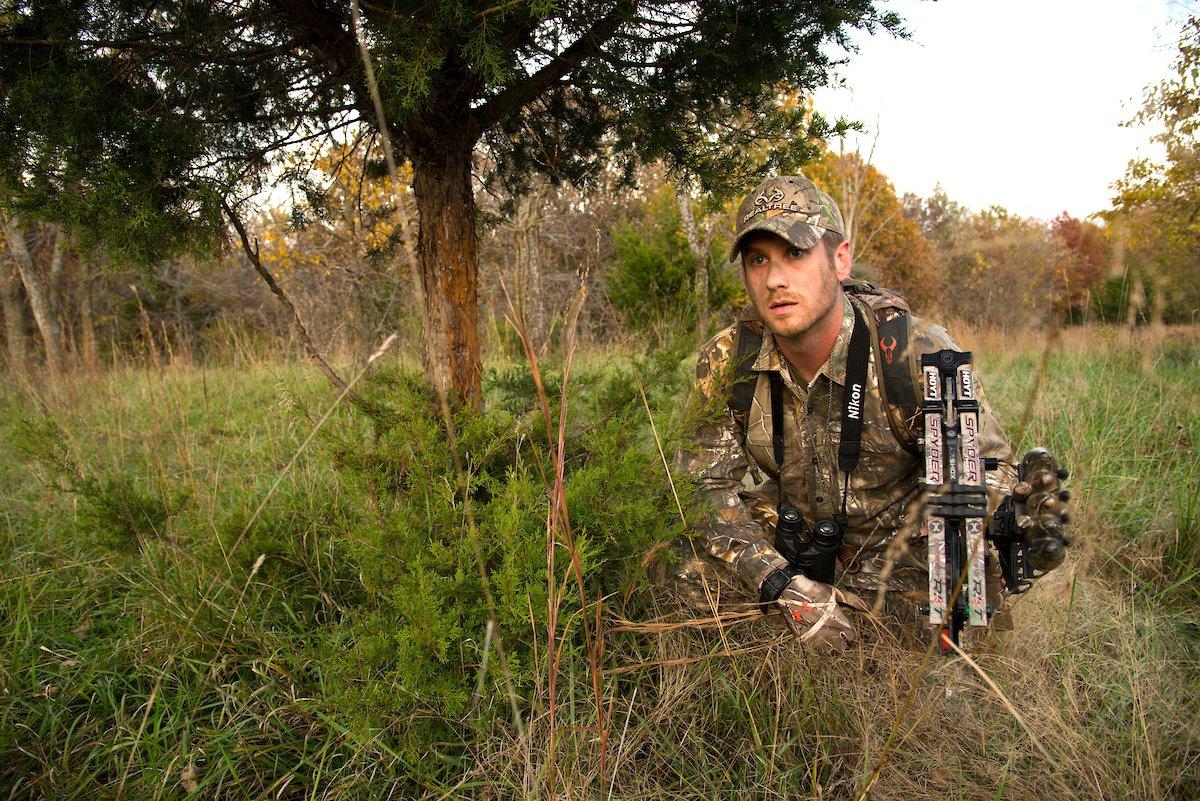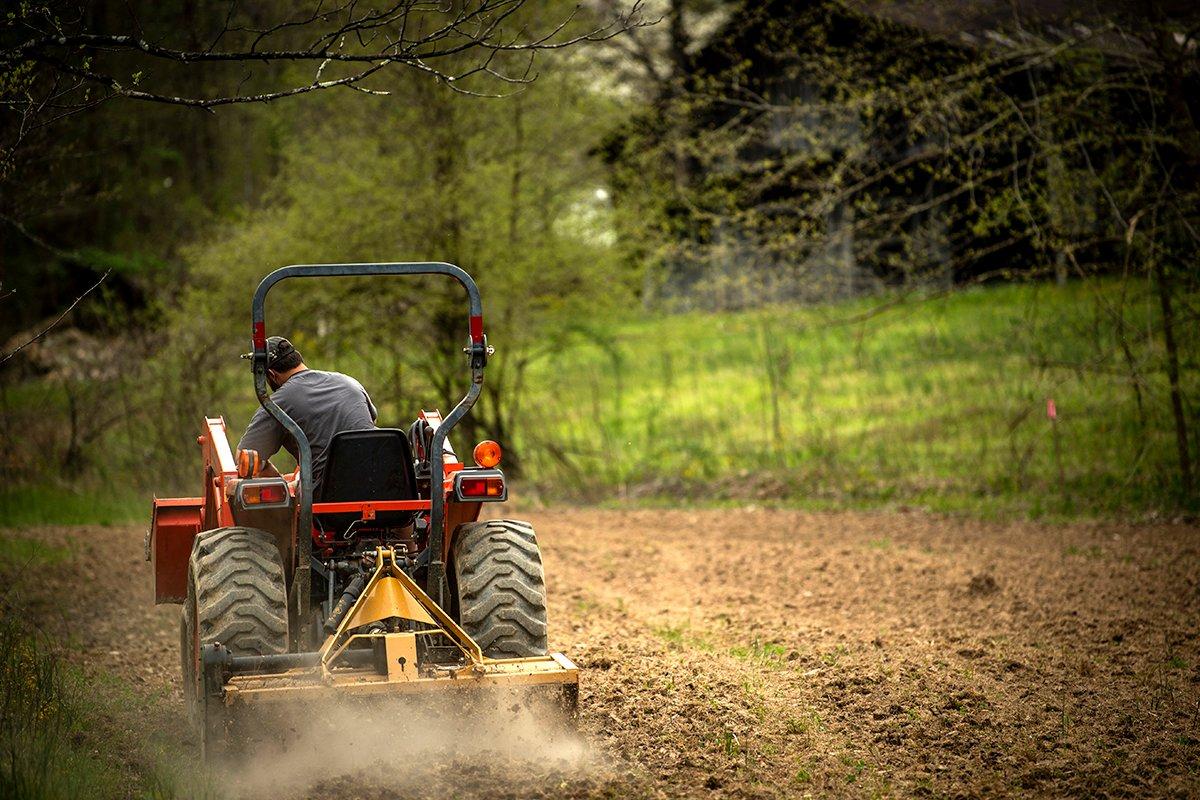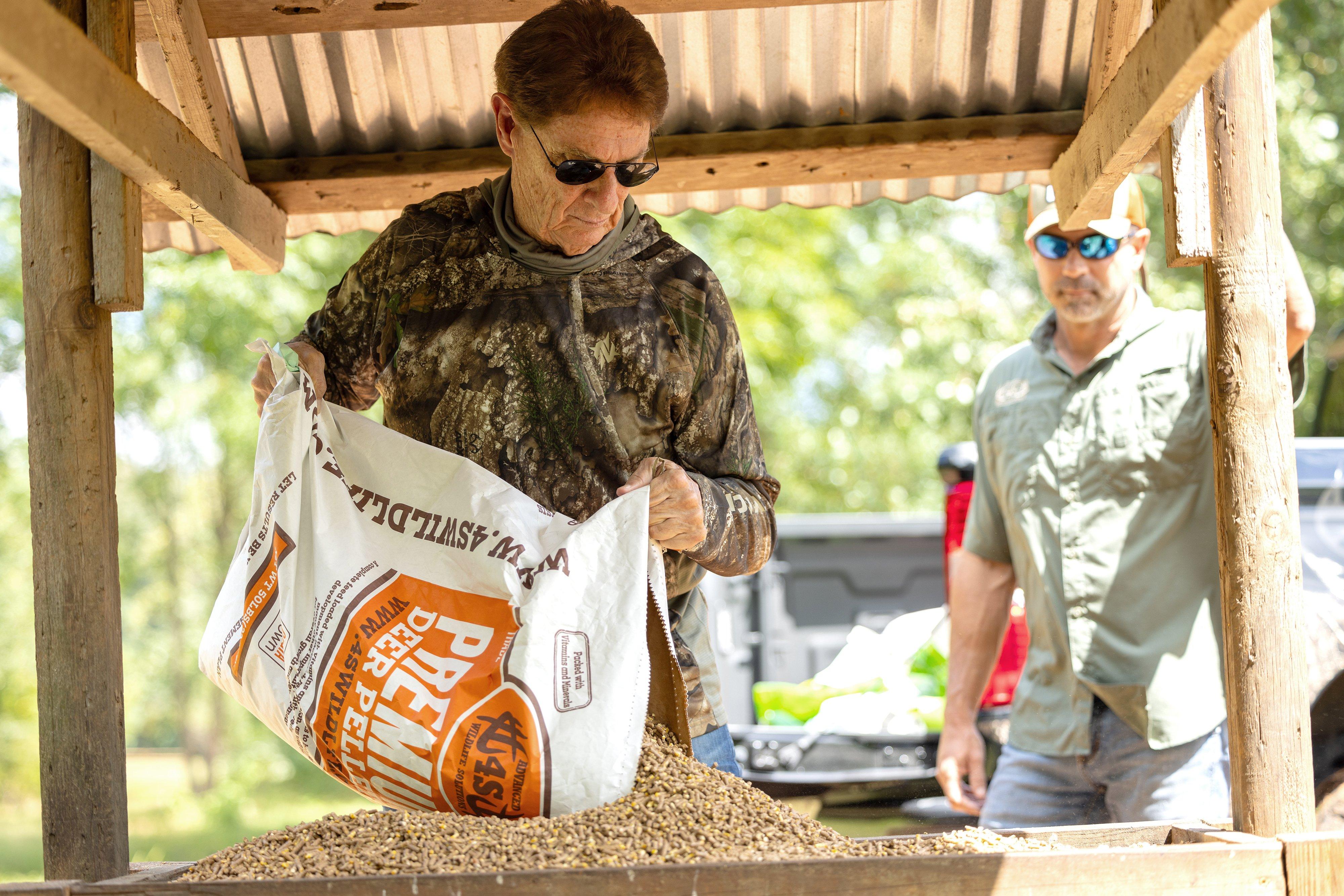Have You Ever Done This Before?

Various states around the nation periodically hold stakeholders meetings or assemble taskforce meetings where appropriate members of the public are invited to express their views on the current and future state of deer hunting and management in their area. Some good data comes out of these get-togethers, aiding the state deer managers in their decision-making processes regarding seasons and limits. However, an increasing concern they're hearing from the public is the growing lack of access to lands that need deer herd numbers reduced on an annual basis. And this is especially true in and around suburban areas.
While the majority of these lands disappearing from the hunting roles are privately owned, there are also public-land sectors, which, through changes in public-use patterns, are also becoming off-limits to hunting, especially firearms hunting. In any event, the result is the same: The population of deer (and in some areas, elk) on these lands is basically allowed to expand to such levels that they represent a danger to the public as well as decimating the habitat, both domestic and wild. It also makes managing the animals far more difficult and complex for state game agencies.
In the past, various methods have been tried to correct the problem. They've included baiting and culling at night via spotlights and sharpshooters (usually composed of law enforcement officers), trap-and-transfer, darting-and-transfer, and in a few cases, even deer contraceptives. None have proven very effective or practical, plus they've been expensive and often unpopular with the general public. However, an additional solution is available, and increasingly more problem areas of the nation are discovering its benefits and effectiveness in helping reduce overabundant deer. That solution is bowhunting.
The Bowhunting Solution
OK, so the solution seems obvious, but you'd be surprised how many people, both in public and government circles, have been hesitant to accept it. Their reasons range from safety concerns to not wanting to see the animals harvested via hunting. As the old saying goes, "You can't have your cake and eat it to," managing high densities of deer requires a sufficient number be removed each year, and the non-hunting alternatives to accomplishing that goal annually are few and expensive.
In heavily populated New Jersey, factors such as residential and commercial development patterns, the establishment of parks where hunting is prohibited, regulations that severely restrict or preclude hunting, and landowner decisions not to allow hunting have resulted in high densities of deer in many areas. Liberalizing hunting seasons alone were of little value when hunters were denied access to deer herds in the problematic zones.
In the 1960s, the N.J. Division of Fish, Game and Wildlife began working with managers and administrators of large tracts of public land in the development of controlled deer hunting programs. These cooperative programs involved state and county parks, federal refuges, military bases, an airport, municipal watershed property and large tracts of private land. In many areas, bowhunting proved to be the least expensive, safest and most effective management tool.
Don't Miss: All About Urban Bowhunting
Organized Groups
In some parts of the country, organized bowhunting groups are offering their talents to help residents with high deer density problems. For example, in Pennsylvania, a group calling themselves the Tri-County Bowhunting Associates offer their services to Philadelphia-area suburbs to cull excess deer that are causing problems. And in New Hampshire, the group is known as the Bowhunters Wildlife Management Association.
The key factors in any of these groups being that each bowhunter involved must be well-versed in safety, correct stand placement and location, polite mannerisms, knowledgeable and ready to answer questions, and annually exhibit a high degree of archery proficiency. Normally, participating bowhunters work under a well-defined set of rules that are agreeable to the residents of the area being hunted. Each hunter also carries a permission slip of some kind, identifying him or her and stating he or she has the approval of the local resident(s) to bowhunt there.
Don't Miss: Urban Deer Hunting: Big Bucks in the Burbs
City Slickers in Deer Country
In Yarmouth, Maine, a town typical of the coastal area, an influx of urbanites moving to the suburbs has resulted in progressively more and more lands being closed to hunting, and this is creating a major spike in the number of deer there. Despite increased road accidents and damage to property, anti-hunting residents have, so far, outnumbered those in favor of hunting as a tool to reduce the deer herd. But that may change as damage worsens. Currently there is a push to allow bowhunting, and proponents point out that there has never been a recorded accident in Maine involving a bowhunter injuring a nonhunter.
Don't Miss: Urban Hunting: Backyard Booners
It Battles Disease and Saves Money
Another incentive for better suburban deer management is the presence and spread of chronic wasting disease (CDW). As we all know, the disease can be spread more easily when deer density is high in any given area. With some suburban areas being home to deer densities that are three or four times that of those recommended by wildlife managers, the spread of always-fatal CWD could rage through the herd, resulting in slow and terrible deaths and also a waste of a valuable and renewable natural resource. And were you aware that Lyme disease was considered to be the fastest-growing infectious disease next to AIDS? Scientists see a strong link between high deer densities and Lyme disease.
The damage done by deer when shown in dollars can be sobering. In Pennsylvania, farmers suffer crop damage to the tune of an estimated $30 million annually, while Wisconsin growers are hit for $37 million annually. Crop loss figures elsewhere are similarly impressive, but the monetary losses caused by suburban deer can be just as eye-popping.
Deer cause an estimated $18 million in property damage annually just in the D.C. metropolitan area. In New Jersey, car-deer accidents cause an estimated $10 million in property damages annually. In Pennsylvania that figure is $25 million. And this doesn't account for the human injuries or even fatalities these accidents cause. The direct economic cost of vehicle-deer collisions on Wisconsin roads is estimated to be well over $100 million annually. These direct costs include damage to vehicles, medical treatments, and government response costs. Nationwide, studies have shown that deer-car accidents cause an estimated $1.2 billion of damage annually, and that's just based on the ones reported.
The facts speak for themselves -- most suburban areas of the nation are facing a deer overpopulation crisis. It's not uncommon for the non-hunting residents to resist bowhunting as a tool and partial solution to the problem, but as they become aware of the alternatives, many often conclude that bowhunting isn't all that bad an idea. This can be especially true when they learn of suburban deer being baited and then shot over spotlights by sharpshooters. And once they've been exposed to responsible bowhunters and their ethical methods, they usually gain both an understanding and new attitude toward the role bowhunting plays in deer management.
Don't Miss: 10 Deer Hunting Tips for Suburban Bowhunting
Keep a Low Profile
Bowhunting in even modestly heavy residential suburban areas requires a slightly different approach than would be okay in lightly populated areas. Hunting should be kept as low profile as possible and usually done at times that are agreeable to the residents or officials giving the hunter permission. Also, the bowhunter should be aware that does are his or her primary targets. Concentrating on taking bucks is not the deer manager's concern by any means, because a buck won't be giving birth the following spring. Normally weekends and holidays are a no-no and actual hunting is confined to early and late on weekdays when deer are moving.
Remember that what occurs after the bowhunter is successful and arrows a deer is also extremely important. Usually a deer that's been mortality hit will stick to available cover until it expires. But sometimes the animal may die in an open area or even on someone's lawn, where local residents might view it. It's very important to minimize the potential "blood-sport" angle of hunting in these cases. Many suburban bowhunters also keep a log so they can provide information to residents who are interested in the number of deer being seen and, of course, those taken by the hunter.
Bowhunting is obviously the best answer to getting suburban deer densities in check. It can also act as an educational tool to enlighten non-hunting residents about hunting's critical role in controlling deer and not wasting such a valuable natural resource. In many ways, it's a win-win method for reversing the deer overpopulation trends that are occurring in areas that have been off-limits for too long.
Don't Miss: 20 Deer Hunting Lies Your Granddaddy Told You
Editor's Note: This was originally published on May 26, 2005
Are you a deer hunter wanting to learn how to accomplish your goals? Check out our stories, videos and hard-hitting how-to's on deer hunting.










































